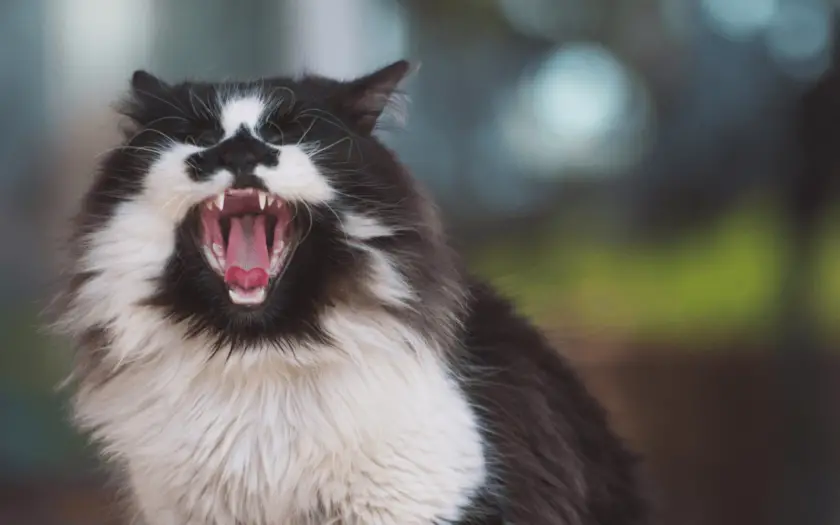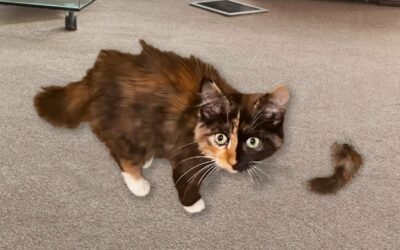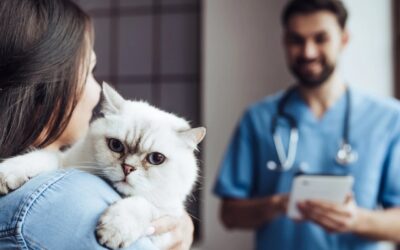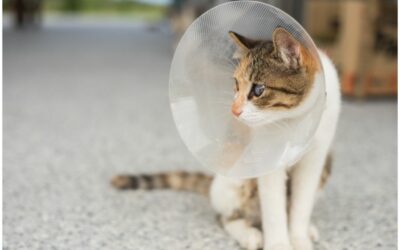As humans, we lose our baby teeth when we are young, and then keep our adult teeth (provided we look after them !). But what about cats, when do their teeth fall out? And is it normal to see a cat losing teeth, or might there be something serious going on?
Why do cats lose their teeth?
Cat teeth may fall out for several reasons. Kittens will lose their baby teeth as they grow, which is a natural process that should not warrant any concern. But adults can also lose their teeth due to physical trauma or as a consequence of poor dental hygiene, which can result in severe complications such as periodontal disease.
1. Kittens lose their baby teeth
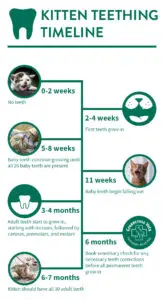
If you’ve played with a young kitten at all, you’ve probably discovered that their tiny kitten teeth can feel like small needles during playtime. Kittens lose these sharp baby teeth at around 6-7 months of age1, and they are soon replaced by adult teeth that are permanent. You can tell the difference between adult and baby teeth because adult teeth are larger and, thankfully, slightly less pointy.
The full set of adult teeth that come through after 6 months will need to last your cat for the remainder of its life, so it is very important that the teeth and gums stay as healthy as possible. Scroll down a bit further into this article to find some valuable tips that will help you make sure your kitty’s oral health remains top-notch.
2. Dental disease
A cat losing teeth should always be checked for signs of dental disease. Plaque is a sticky substance that naturally accumulates on the surface of the teeth after every meal. When plaque is not frequently removed, it will promote bacterial growth and eventually cause infection and gum disease. Gingivitis causes the gums to become sore and even bleed. When left untreated, the gums eventually start to recede, which leaves the root of the tooth exposed and painful.
Periodontitis is a slow process that can remain undetected for years. But with enough time, the teeth will eventually become so unstable that they may start to fall out of their sockets.
3. The tooth has become damaged
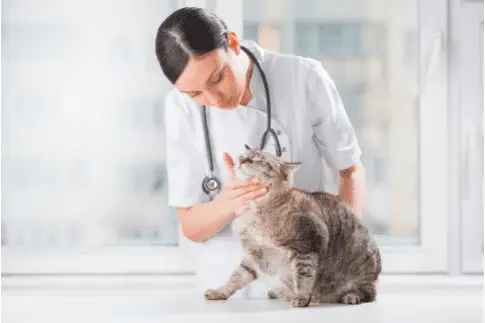
Aside from poor dental hygiene, teeth may also fall out as a result of physical trauma. This can be through an external trauma like a run-in with a motor vehicle or a fall from a height. Other possible causes could be a disruption of the tooth socket from a nearby tumor, abscess, or another disease process.
Not all teeth that are fractured or damaged will fall out. Even so, you should still need to see your veterinarian because a broken tooth may have an exposed pulp cavity. The pulp cavity contains nerves and blood vessels, and when these are exposed they can cause a lot of suffering and lead to infection.
How do I stop my cat from losing their teeth?
If you want to make sure that your feline friend keeps hold of their pearly whites for as long as possible, there are a few different measures you can take in order to prevent tooth loss:
- Feeding a dry, biscuit-type, cat food can create friction on the teeth, which helps to remove some bacteria and reduce plaque formation. You could also consider purchasing a diet designed for oral health. These diets contain ingredients that actively combat bacterial growth, as well as being the best size and shape to clean the surface of the teeth.
- Secondly, if you have a particularly cooperative and tolerant kitty, you could try brushing their teeth regularly, with pet-safe products of course! Catpointers recommends this fish-flavored cat toothpaste. If you think an actual toothbrush might be tricky, speak to your local vet clinic or pet shop about other options. Many cat owners have success with a thimble-style toothbrush that fits over your finger.
- For the third step, you could add a dental water additive to your cat’s water bowl in order to combat bacterial growth. These work similarly to mouthwash in humans. Combining this with the previous steps will result in a solid defense against plaque.
What to do when your cat has no (or few) teeth
Surprisingly, cats with very few teeth (or even none at all) are often still able to eat dry kibble, especially if that’s the diet they are used to! This is because cats do not use their teeth to chew on food as much as we do. Instead, their pointy teeth and rough tongue are mostly used to tear food and propel it to the back of the mouth.
However, if your toothless wonder is struggling to eat their normal food, we recommend adding water to it or mashing it up in a blender. Another option is to simply switch over to wet food.
But the single most important thing to do when your cat companion has few teeth left is to maintain those remaining teeth as best you can. This means regular brushing with a pet toothbrush, and perhaps switching over to a ‘dental diet’ if your cat finds it tasty enough!
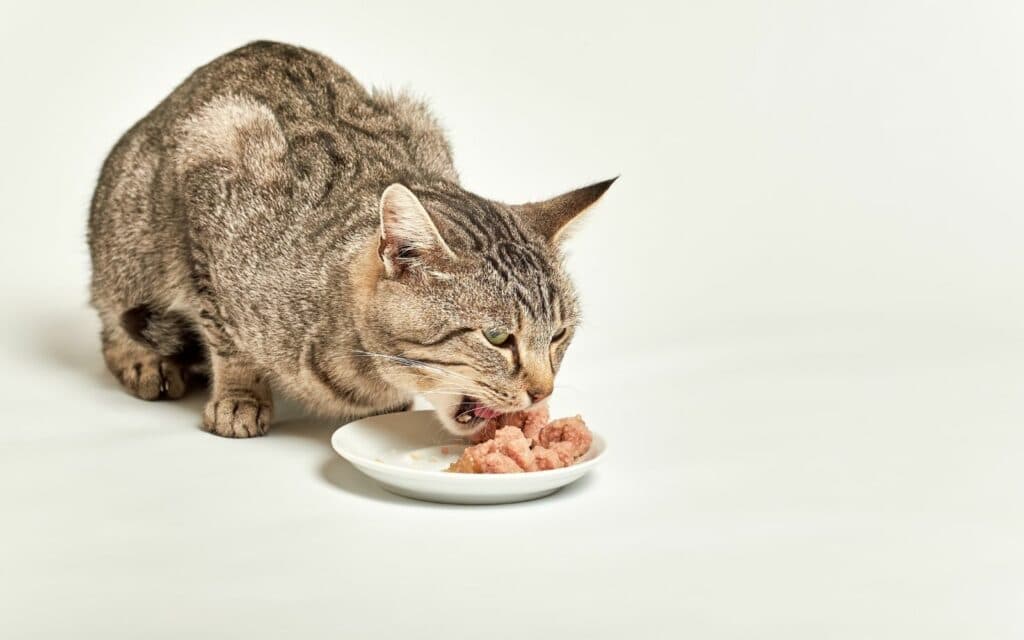
So, do I need to worry if my cat’s teeth fall out?
Adult cats are not supposed to lose their teeth. Unless you own a kitten, lost teeth should be a cause for concern. Your specialist will have a good look, prescribe any necessary treatment, and give you advice on how to keep the remaining teeth healthy. Remember: dental diseases can be really painful, and even if your purr-fect pal isn’t showing signs of pain, they could still be sore. So start brushing and see a veterinarian for a proper checkup!
FAQ
If you look in your cat’s mouth and find that the teeth are still there, but they don’t look like they used to, you might wonder what’s going on. Cats are prone to getting a condition called Feline Odontoclastic Resorption Lesions (FORLs) which means the teeth are broken down by cells called odontoclasts.
Odontoclasts play a role in breaking down baby teeth, but strangely they continue to function in some adult cats for reasons yet to be discovered. The odontoclasts gather around the tooth root and begin to break down the surface. This leads to painful holes in the tooth which can expose the nerve and blood supply, leading to pain and infection risk.
If your cat is diagnosed with FORL’s, the affected teeth will need to be removed so that they are no longer painful. Frustratingly, cats who have developed FORL’s on teeth in the past will always be prone to developing more on other teeth in the future.
Yes. Kittens go through two separate teething phases. They will see the first of their 26 milk teeth appear 2 to 4 weeks after birth. These baby teeth will eventually fall out and be replaced by a set of 30 shiny adult teeth. The second teething is usually completed within 4 to 7 months.
The teething process in kittens is often accompanied by symptoms such as increased chewing, slightly bleeding gums, and general sensitivity around the oral cavity. You may find a lost tooth on the floor at some point, but milk teeth are often swallowed without issue by a kitten after they are dislodged.
Sources:
1. https://www.greencrossvets.com.au/services/kitten-teething/

